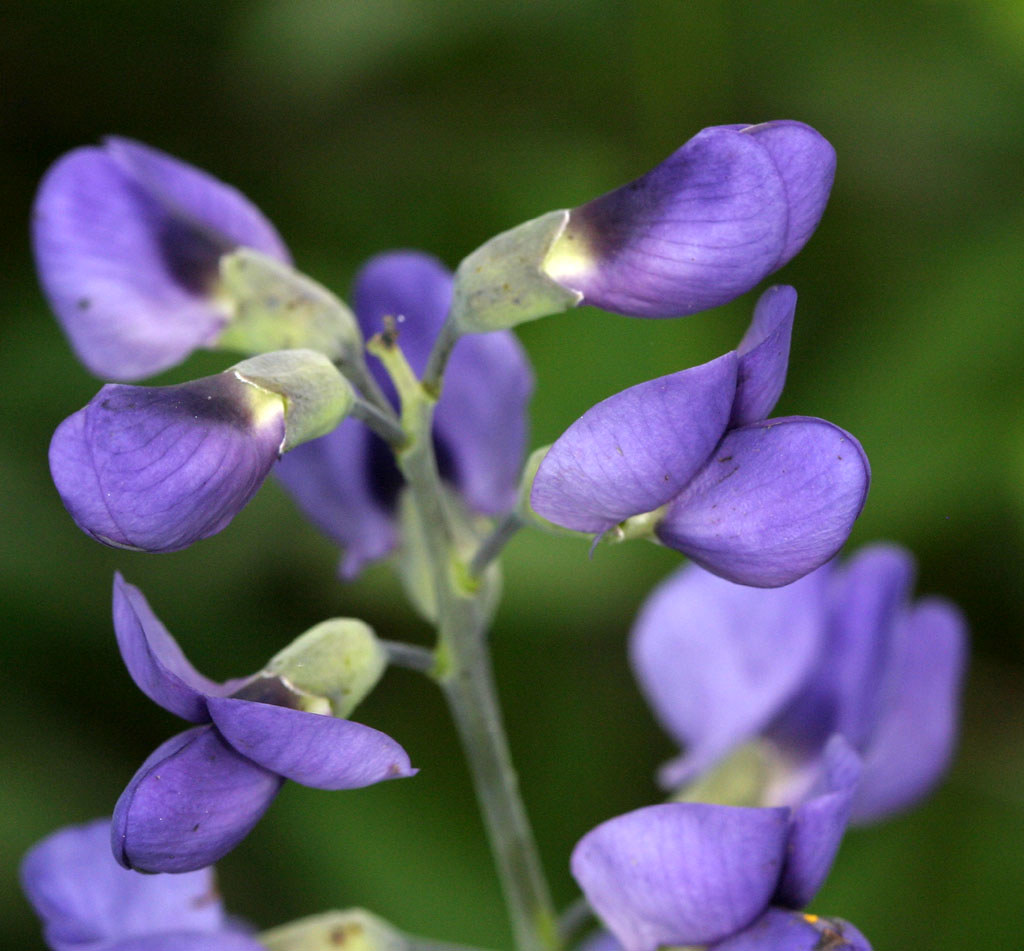Disclaimer: This Materia Medica is provided for informational purposes only and should not replace professional medical advice. Please consult with a qualified healthcare practitioner or herbalist before using any herbal remedies.
Wild indigo, scientifically known as Baptisia tinctoria, is a valuable herb that has been used in traditional herbal medicine for centuries. As a professional herbalist, I’m happy to provide you with an exhaustive Materia Medica for wild indigo, which will cover its botanical description, historical uses, medicinal properties, preparation methods, dosages, contraindications, and potential side effects.
Botanical Description:
- Family: Fabaceae (Leguminosae)
- Common Names: Wild indigo, Yellow wild indigo, Horsefly weed, Yellow false indigo
- Botanical Description: Wild indigo is a perennial herbaceous plant native to North America. It typically grows to a height of 2 to 3 feet and is characterized by its bright yellow, pea-like flowers and pinnately compound leaves. The plant produces elongated seed pods, which contain several small, hard seeds. Wild indigo prefers well-drained soils in open fields and meadows.
Historical Uses:
- Native American Medicine: Indigenous peoples in North America, such as the Cherokee and Iroquois, used wild indigo as a traditional remedy for various ailments, including respiratory issues, digestive problems, and skin conditions.
- Early American Settlers: Early European settlers in North America adopted the use of wild indigo from Native American tribes and employed it as a treatment for fevers, infections, and wounds.
- Eclectic Medicine: In the 19th century, wild indigo gained popularity among Eclectic physicians in the United States. They used it for its alterative, anti-inflammatory, and immune-stimulating properties.
Medicinal Properties:
- Alterative: Wild indigo is considered an alterative herb, meaning it helps to purify the blood and support detoxification processes.
- Anti-inflammatory: It has anti-inflammatory properties, which can be useful for reducing inflammation in various conditions.
- Immunostimulant: Wild indigo is known for its ability to stimulate the immune system, making it valuable in fighting infections.
- Antimicrobial: It possesses antimicrobial properties and has been used traditionally to combat infections.
- Lymphatic Support: Wild indigo may support the lymphatic system, helping to alleviate swollen lymph nodes and assisting in the removal of toxins.
Preparation Methods:
- Infusion: Prepare an infusion by steeping 1-2 teaspoons of dried wild indigo root or herb in a cup of hot water for 10-15 minutes. Drink up to three times daily.
- Tincture: A tincture can be made using the dried root or herb in a 1:5 ratio with 40-50% alcohol. Take 1-2 ml (approximately 20-40 drops) up to three times daily.
- Powdered Herb: The dried root or herb can be ground into a powder and used in capsules or as a topical poultice.
- Topical Applications: Wild indigo can be used externally in ointments, salves, or poultices for skin conditions and wound healing.
Dosage:
- Dosages can vary depending on the individual and the specific condition being treated. Always consult with a qualified healthcare practitioner or herbalist for personalized recommendations.
- General dosage guidelines suggest 1-2 teaspoons of dried herb or 1-2 ml of tincture up to three times daily for adults.
Contraindications:
- Wild indigo should not be used by pregnant or breastfeeding women unless under the supervision of a qualified healthcare provider.
- Individuals with allergies to plants in the Fabaceae family (pea family) should use wild indigo with caution.
- It is advisable to consult with a healthcare professional before using wild indigo, especially if you have underlying medical conditions or are taking medications.
Potential Side Effects:
- Wild indigo is generally considered safe when used at recommended dosages. However, high doses may cause digestive upset or mild nausea.
- Allergic reactions are rare but possible in sensitive individuals. Discontinue use if any adverse reactions occur.
Please note that while wild indigo has a long history of traditional use, it’s essential to consult with a professional herbalist or healthcare provider before incorporating it into your wellness routine, especially if you have specific health concerns or are taking medications. This Materia Medica is meant to provide an overview of the herb and its traditional uses but should not substitute for personalized medical advice.





